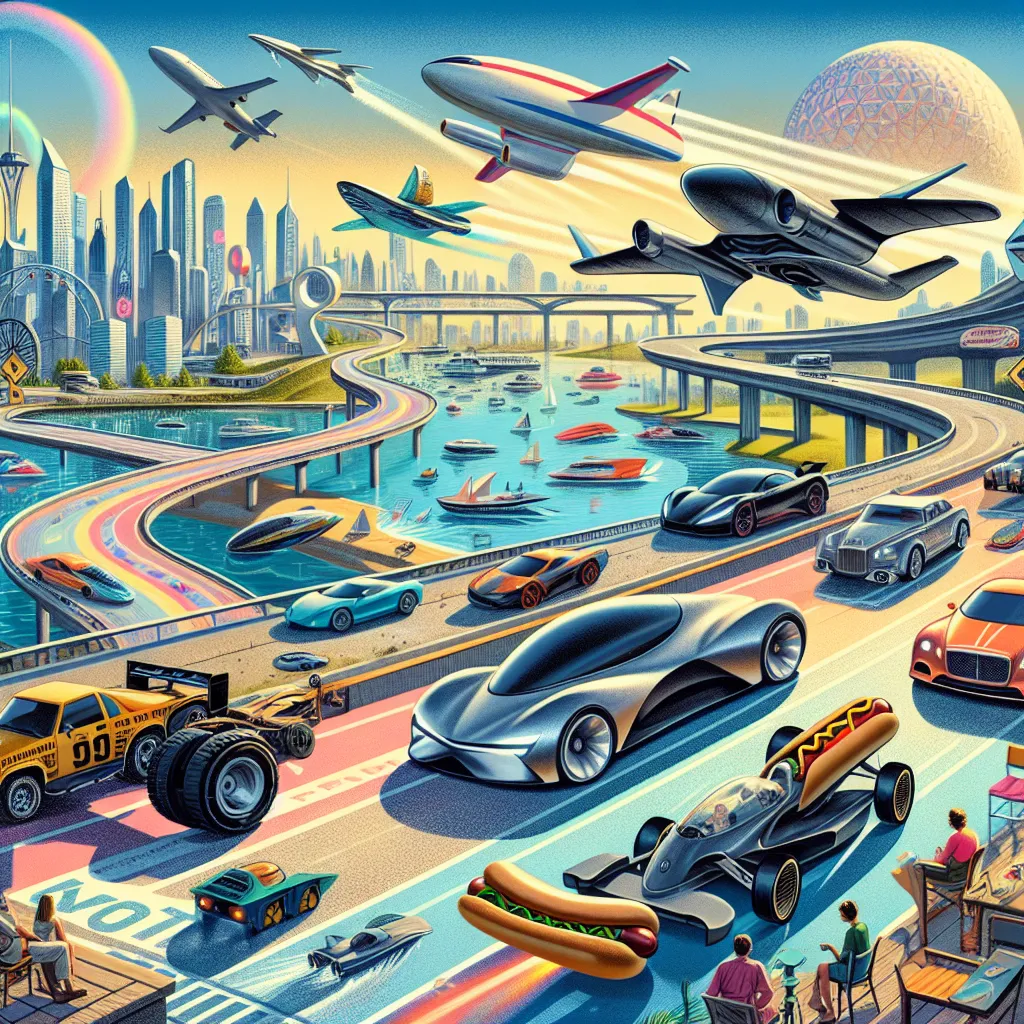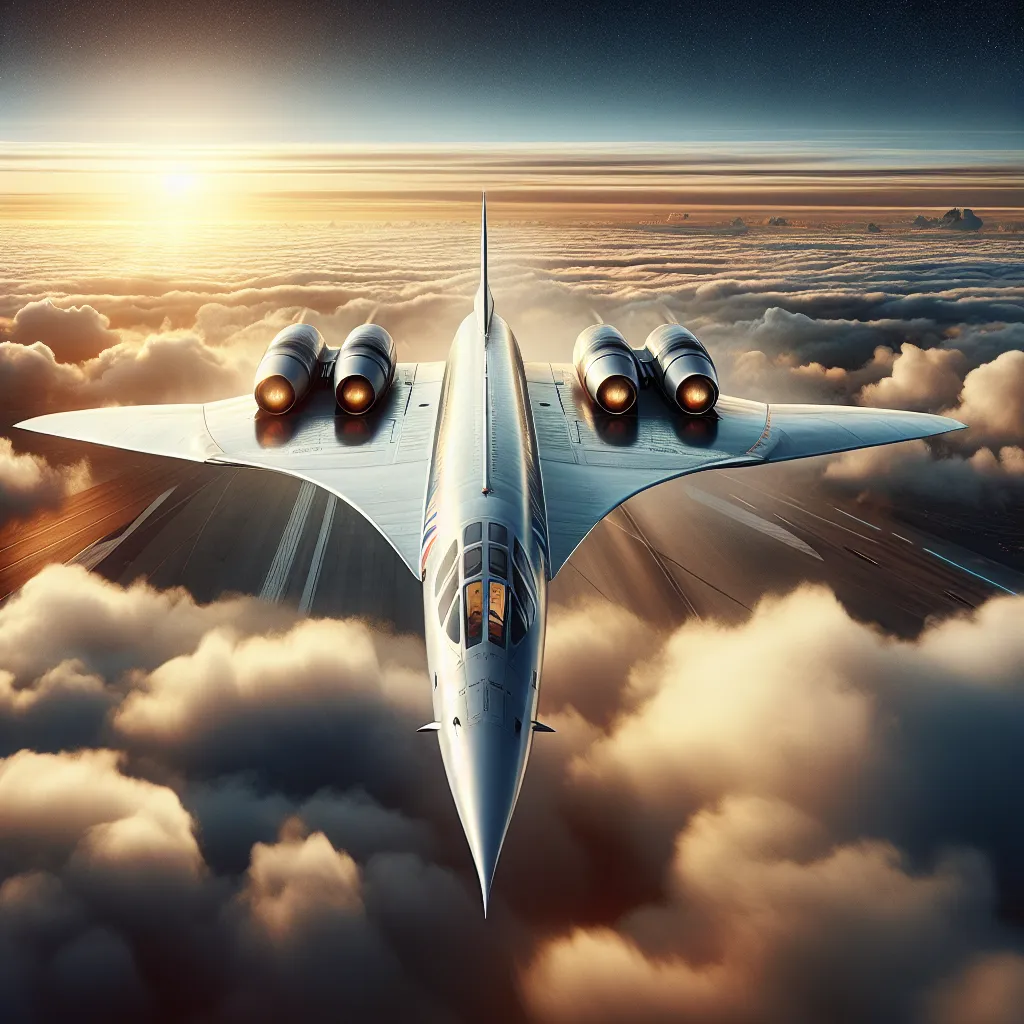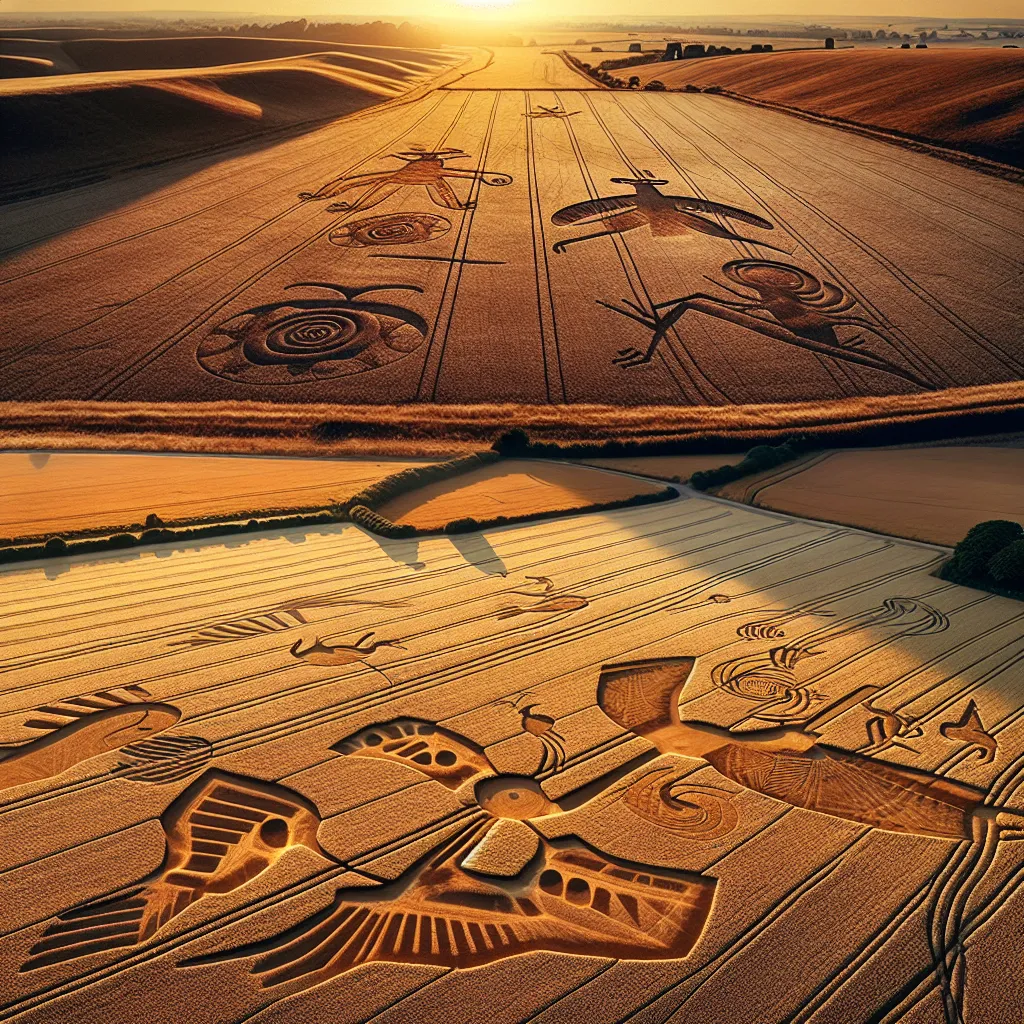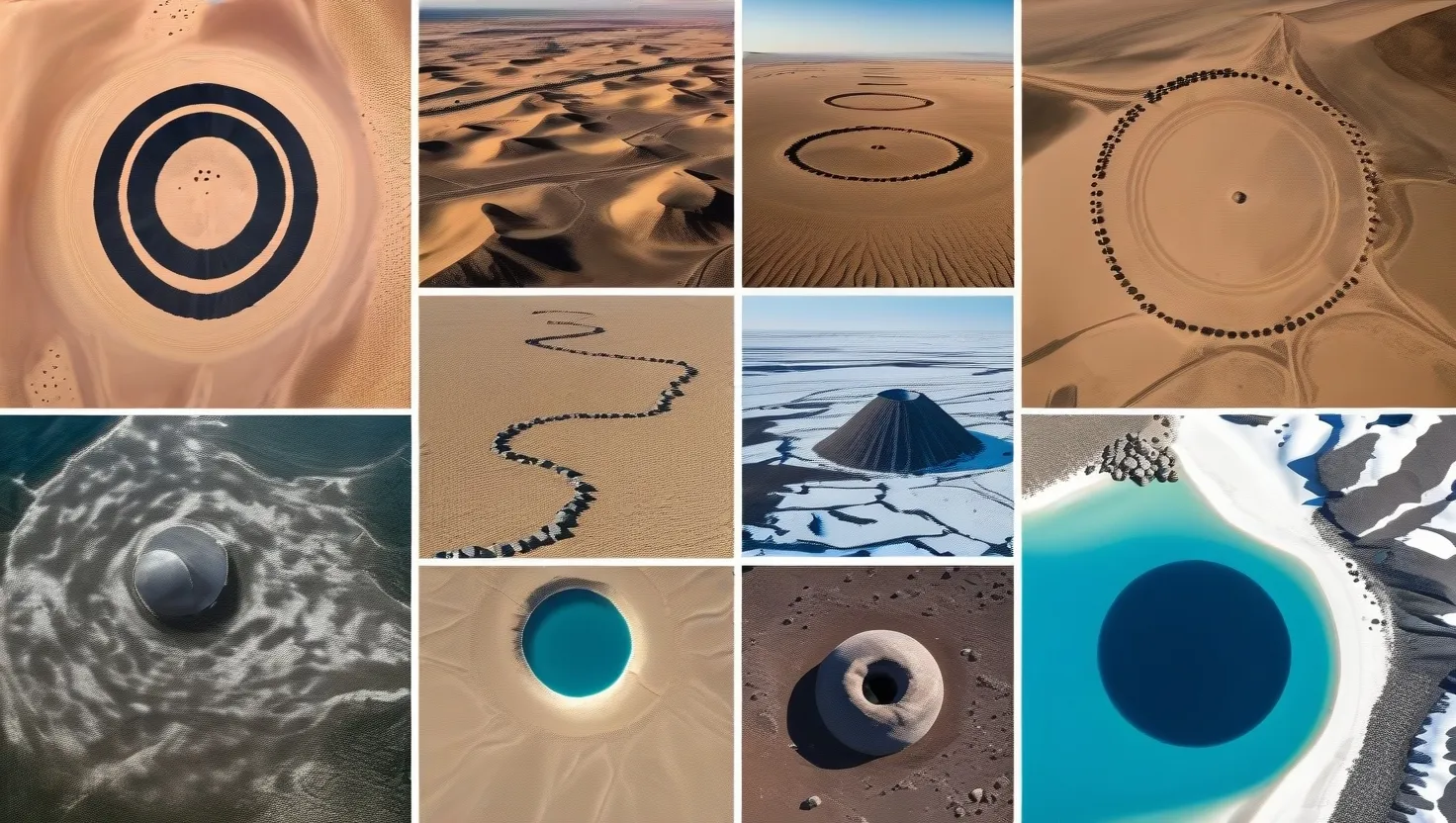In the vast reaches of space, amidst deadly radiation, raging solar storms, and massive asteroids, robotic space probes are pushing the boundaries of humankind’s exploration. These advanced machines are our representatives in the cosmos, venturing to distant places like Mars and Saturn’s moon, Titan, possibly uncovering clues about the existence of life beyond Earth.
Since the 1950s, we’ve launched more than 200 robotic probes far from home, exploring other worlds, landing on alien moons, and bringing back samples from comets and even the Sun. These delicate yet sophisticated machines must endure the intense conditions of space to help us unravel the mysteries of our solar system. The latest generation of these probes is particularly advanced, culminating in two of the most ambitious missions ever: sending rovers to Mars and Titan.
Mars, though cold, nearly airless, and bombarded by deadly radiation, holds the promise of liquid water—essential for life as we know it. Safely landing rovers on Mars after a 300-million-mile journey through space is a near-impossible feat. Titan, Saturn’s largest moon, presents an even more mysterious and challenging target. It’s a world so frigid that its rocks are made of water ice, and its rivers flow with liquid methane, resembling early Earth.
In the year 2000, NASA’s ambitious plans to send two rovers to Mars began to materialize. A team led by Professor Steve Squyres dedicated immense effort to this mission, overcoming the setbacks of two previously lost Mars probes. The goal was to safely land and operate rovers capable of enduring a bone-shaking launch, a seven-month flight, and a complex landing sequence involving airbags designed to cushion their descent.
Building these rovers was a monumental challenge, not only because of the technical expertise required but also due to the tight schedule. The team faced the daunting task of delivering roving vehicles loaded with panoramic cameras, geological tools, and sophisticated instruments within a three-year timeline. The breakthroughs in designing wheels capable of navigating Mars’ rugged terrain and developing parachutes to operate in its thin atmosphere were critical for the mission’s success.
Despite numerous technical and timeline challenges, the team persevered. From finalizing the rovers’ designs to ensuring the reliability of the pyrotechnic cable cutters essential for deployment, every step was vital. When the day for launch approached, engineers anxiously awaited the outcome. The successful launches of Spirit and Opportunity marked the beginning of an incredible journey.
These rovers had to endure harsh Martian conditions, from dust storms to extreme temperatures, while exploring the possibility of ancient water on Mars. Their discoveries were groundbreaking—geological formations suggesting past water flow and mineral evidence of liquid water. This fueled the tantalizing possibility that life might have once existed on Mars.
Meanwhile, the mission to Titan, Saturn’s enigmatic moon, promised to unveil conditions similar to early Earth. The Cassini-Huygens mission, launched in 1997, undertook a seven-year trip to reach Saturn, navigating through the perilous asteroid belt and Saturn’s rings. Huygens, designed to land on Titan, faced the challenge of descending through Titan’s thick, mysterious atmosphere. Against the odds, the probe safely landed and transmitted the first-ever images of Titan’s surface.
The findings from Mars and Titan are revolutionizing our understanding of the solar system, providing insights into the conditions that may foster life. Future missions plan to go even further, perhaps returning samples from Mars or sending airships to Titan. Robotic probes continue to pave the way, revealing the secrets of our cosmic neighborhood and inspiring future generations of scientists and explorers.
These amazing missions demonstrate that where robotic probes lead, human explorers may one day follow, possibly uncovering the ultimate answer: we are not alone in the universe.






